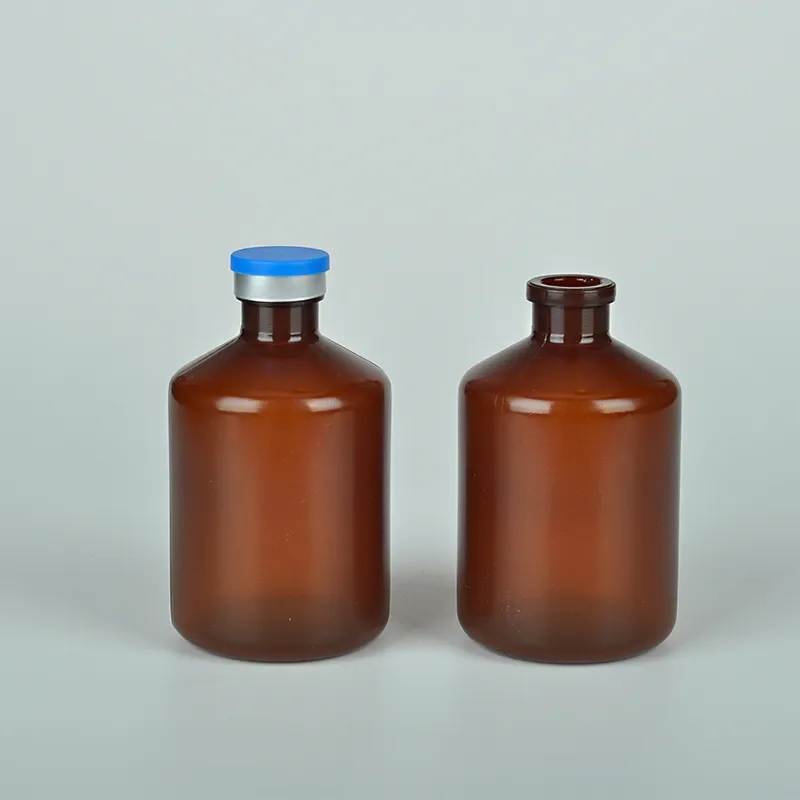https://www.wahmg.com/)">
Sterile Normal Saline Vials for Medical Use and Intravenous Therapy Applications
Sterile Normal Saline Vials for Medical Use and Intravenous Therapy Applications
Sterile Normal Saline Vials An Essential Component in Medical Practice
In the realm of healthcare, the importance of sterile medical supplies cannot be overstated. Among these essentials, sterile normal saline vials play a crucial role in various medical applications, ranging from wound care to intravenous therapy. Normal saline, which is a solution of 0.9% sodium chloride in sterile water, serves multiple purposes in both clinical and hospital settings.
Normal saline is primarily used for fluid resuscitation, restoring electrolyte balance, and serving as a diluent for medications. When administered intravenously, normal saline helps in replenishing lost fluids and maintaining blood pressure in patients suffering from dehydration, shock, or severe blood loss. It is also an essential component in diluting medications before intravenous administration, ensuring safe and effective delivery of treatment.
One of the key features of sterile normal saline vials is their packaging and storage. These vials are manufactured under strict sterile conditions to prevent contamination, which is critical for patient safety. The packaging typically consists of hermetically sealed glass or plastic vials that provide a barrier against microbial contamination. Additionally, the vials are often designed with easy-to-open tops to facilitate quick access and administration in emergency situations.
The use of sterile normal saline vials extends beyond just administration via IV. They are frequently employed in wound care, where saline is used to cleanse and irrigate wounds, reducing the risk of infection and promoting healing. The isotonic nature of normal saline ensures that it will not disrupt the cells within the body, making it ideal for such procedures.
sterile normal saline vials

In research and laboratory settings, sterile normal saline vials are utilized for a variety of purposes, including preparing samples for testing, maintaining cellular cultures, and serving as a buffer solution in experiments
. The versatility of normal saline makes it indispensable across numerous fields, highlighting its significance beyond direct patient care.Moreover, the production and distribution of sterile normal saline vials are closely regulated to ensure their safety and efficacy. Regulatory bodies such as the Food and Drug Administration (FDA) in the United States set stringent guidelines that manufacturers must adhere to during the production process. This oversight is essential in maintaining public trust in medical products and ensuring that healthcare providers have access to safe treatment options.
Storage and shelf-life are additional considerations for healthcare facilities when managing sterile normal saline vials. While these products have a relatively long shelf-life, proper storage conditions—typically away from direct light and heat—are vital in preserving their integrity and effectiveness. Healthcare professionals must regularly check expiration dates and replace expired supplies to prevent any risk of using compromised products.
In light of the ongoing advancements in medical technology, the evolution of sterile normal saline vials continues. Innovations such as pre-filled syringes and vials with integrated delivery systems allow for even more efficient and safe administration of saline solutions. These developments reflect a growing commitment to improving patient safety and enhancing clinical outcomes through better medical supplies.
In conclusion, sterile normal saline vials are a fundamental staple in medical practice. Their applications range from emergency care to chronic disease management, demonstrating their versatility and critical importance in healthcare. As the medical field continues to evolve, the relevance of normal saline remains constant, rooted in its fundamental role in supporting patient care and treatment protocols. For healthcare providers, having a reliable supply of sterile normal saline vials is non-negotiable—an essential component of modern medicine that contributes to better patient outcomes and enhances the overall quality of care.
-
Wholesale Plastic Juice Bottles with Caps 16 oz Options Available Bulk Packaging SolutionsNewsJun.10,2025
-
Laboratory Apparatus Reagent Bottle – Durable & Chemical Resistant Bottles for Safe StorageNewsJun.10,2025
-
Squeezable Dropper Bottles Durable, Leak-Proof & CustomizableNewsMay.30,2025
-
Affordable Plastic Petri Plates Sterile & Disposable Lab-GradeNewsMay.30,2025
-
Eye Dropper Caps Precision 24/410 & Plastic Bottle-Compatible TipsNewsMay.30,2025
-
Affordable Mini Spray Bottle Price & Wholesale Deals Shop NowNewsMay.29,2025





















